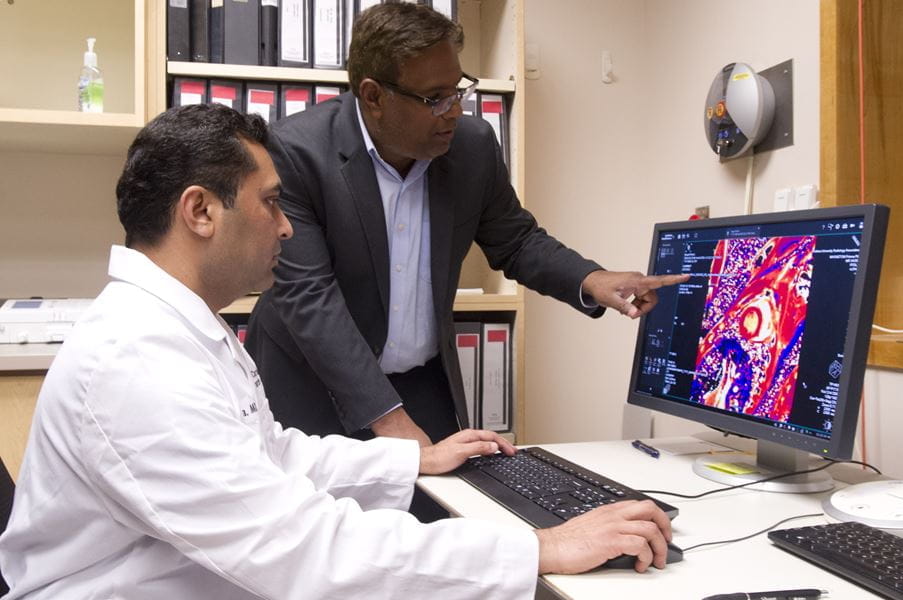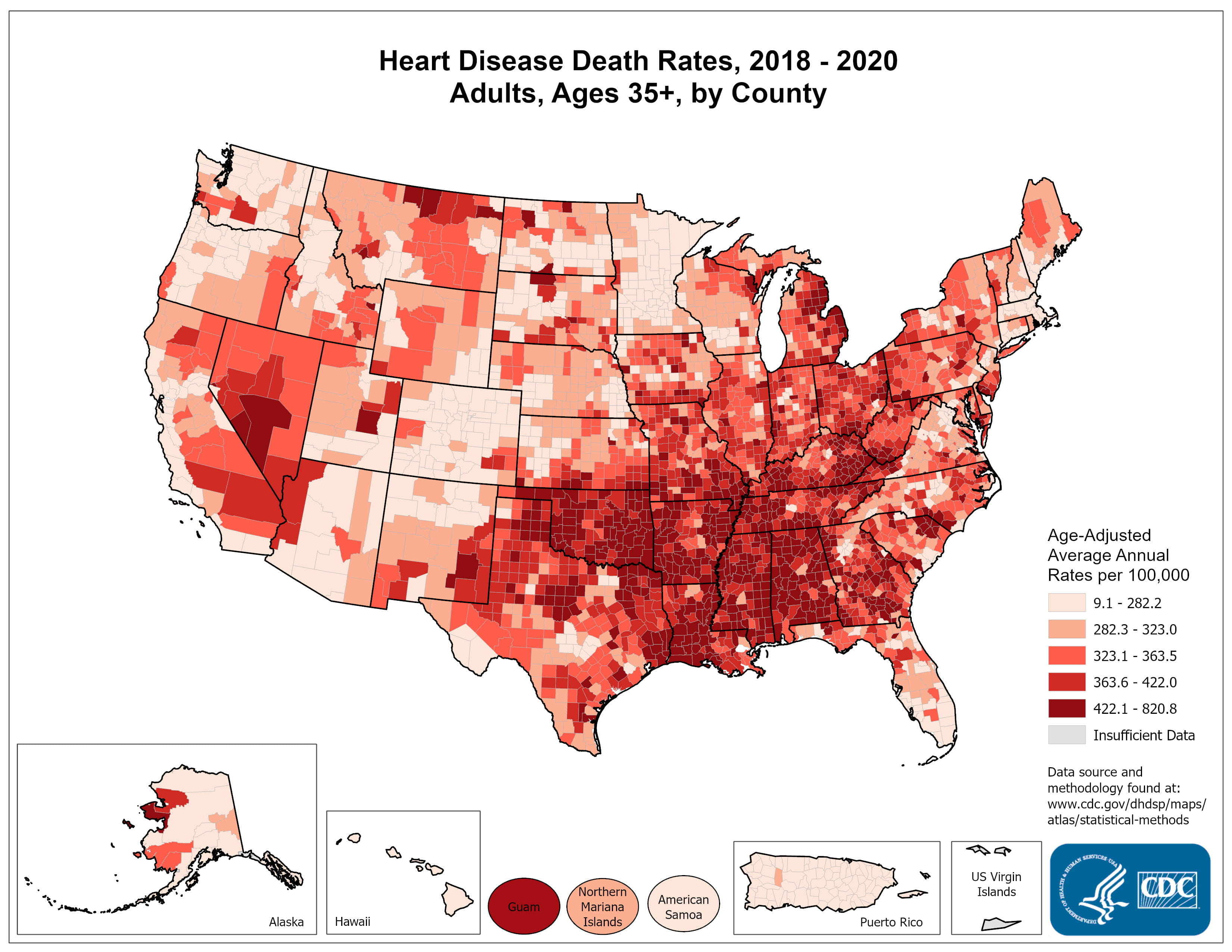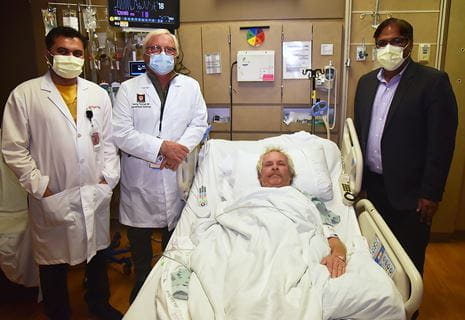The Krannert Cardiovascular Research Center (KCVRC) at Indiana University School of Medicine tackles cardiovascular disease through radical innovative research with the goal of removing heart disease as the leading cause of death.
Established in 2021, KCVRC aims to build on the legacy of more than 70 years of cardiovascular research at IU School of Medicine. Researchers at IU were pioneers in cardiac arrhythmias (implantable cardiac defibrillators), cardiac electrograms (simultaneous fetal and maternal ECG monitoring), and detecting pericardial effusion (buildup of fluid around the heart), among other diagnostic and therapeutic milestones in cardiovascular disease research.
KCVRC is propelling the field of cardiovascular research, ushering in a new era of a more technologically driven enterprise, where imaging, biomedical engineering, informatics, artificial intelligence and omics play a greater role in basic, translational and clinical cardiovascular research.
KCVRC has a footprint of over 20,000 square feet of laboratory and office space, and more than 30 faculty members with wide ranging expertise across multiple disciplines. The interdisciplinary research team at KCVRC is making significant advances in understanding, preventing and treating cardiovascular diseases, through translation of basic discoveries that will impact the health of people in Indiana and beyond.







